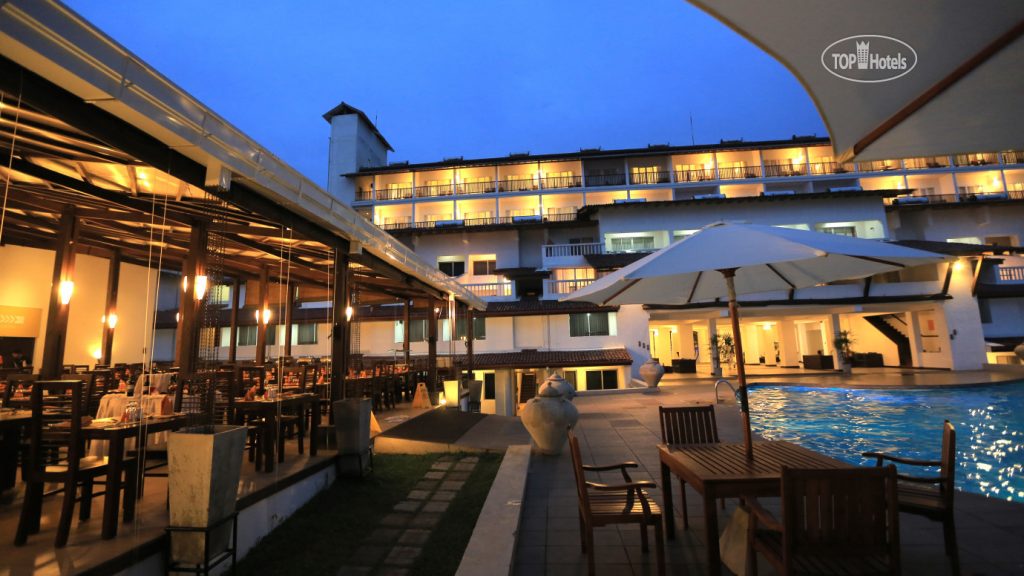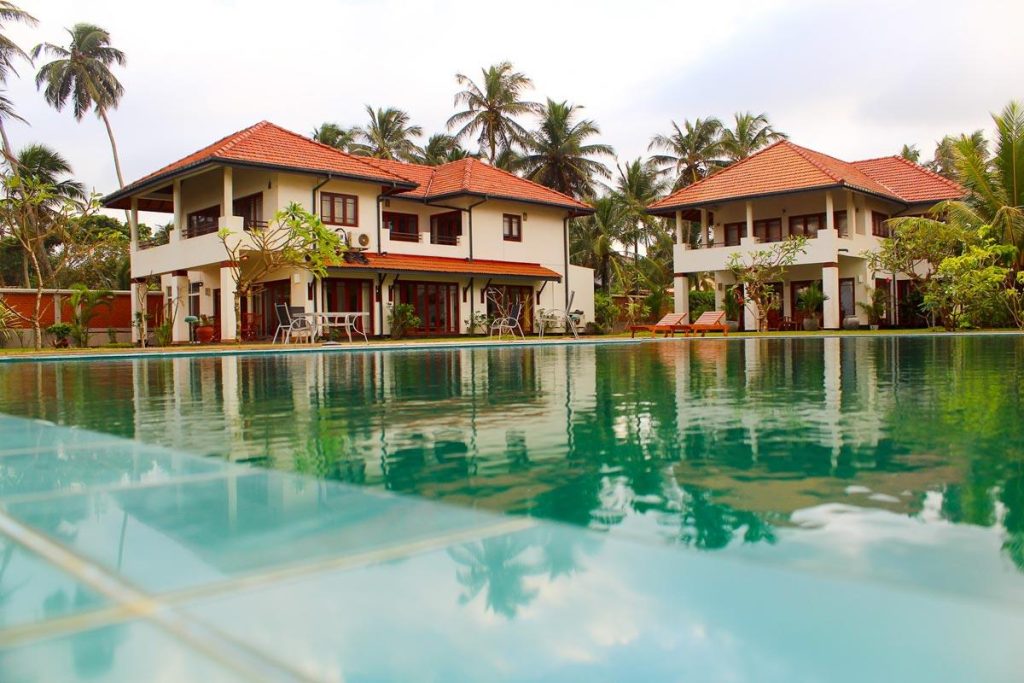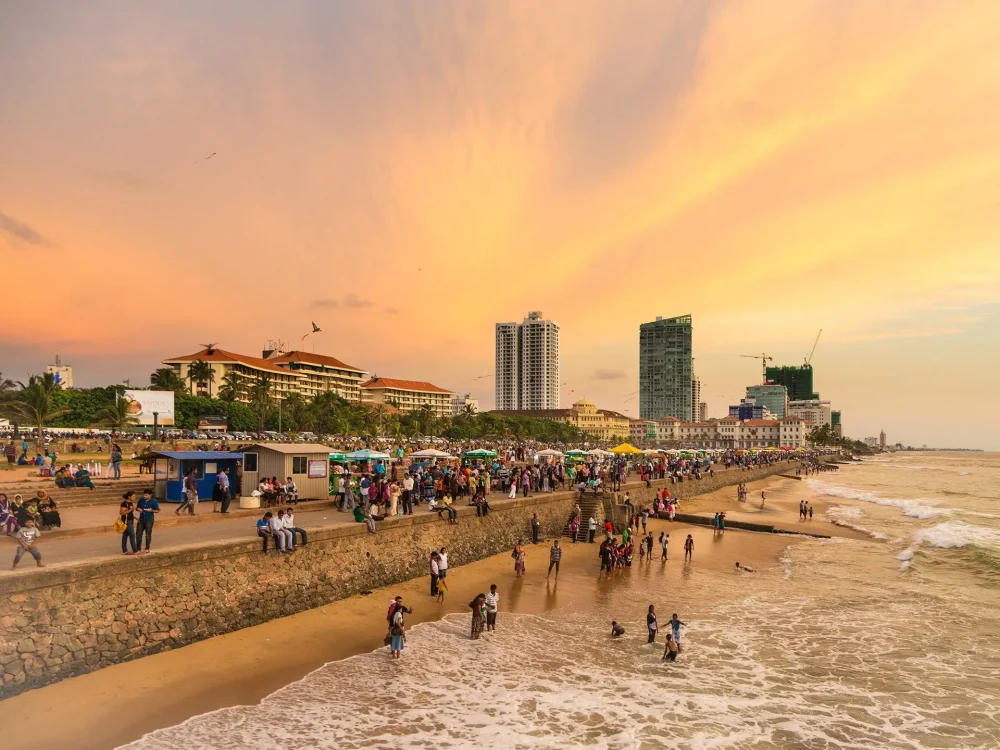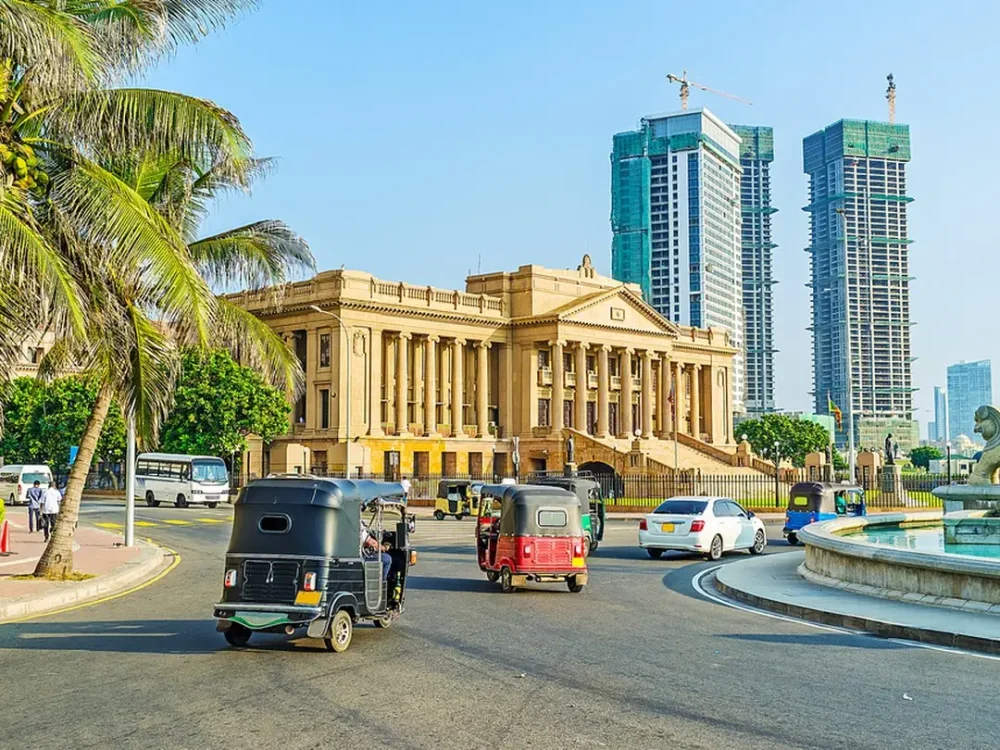Budget holidays in Sri Lanka remain consistently popular due to the combination of mild climate, picturesque beaches and affordable prices. Ceylon annually attracts tourists who are ready to combine comfort with economy. Among the many offers it is easy to find cheap hotels in Sri Lanka, which offer a decent level of service, cosy rooms and a favourable location near the ocean or cultural attractions.
What a budget holiday in Sri Lanka includes
Cheap hotels in Sri Lanka are aimed at travellers who want to make the most of their holiday without spending too much. Rooms are usually equipped with basic amenities: air conditioning, Wi-Fi, bathroom with hot water. Many hotels provide shuttle service to the beach, organise excursions around the island and offer buffet breakfast.
Service in such complexes is simple but friendly. The owners are often local families who strive to create a cosy atmosphere and personalised service. According to tourists’ reviews, even budget hotels often surprise with well-maintained territory and attentive service.
Best cheap hotels in Sri Lanka
 Budget travellers are constantly on the lookout for reliable places to stay with good value for money. Cheap hotels in Sri Lanka include many good options in different parts of the island, from the Indian Ocean coast to the mountainous areas. Each complex offers a unique set of services, differing in atmosphere, infrastructure and cost.
Budget travellers are constantly on the lookout for reliable places to stay with good value for money. Cheap hotels in Sri Lanka include many good options in different parts of the island, from the Indian Ocean coast to the mountainous areas. Each complex offers a unique set of services, differing in atmosphere, infrastructure and cost.
Hotel Sigiriya
Hotel Sigiriya hits the top of the list due to its location at the famous Lion Rock. Cheap hotels in Sri Lanka can rarely boast such a picturesque view right from the window. Breakfast is included in the price (from 3800 rubles per night), the pool is always clean, the well-groomed territory resembles a botanical garden. A special feature – walking routes directly from the hotel to natural attractions, which makes accommodation even more favourable.
Sigiriya Village Hotel
Sigiriya Village Hotel offers comfortable bungalows hidden amongst tropical vegetation. These cheap hotels in Sri Lanka are valued for their privacy: each guest feels part of nature. On the territory there is a restaurant with traditional Sri Lankan cuisine. Service of a confident level of 3 stars, the cost starts from 4200 rubles. An excellent choice for those wishing to combine nature and economy.
Camelot Strand Hotel
Camelot Beach Hotel is ideal for a beach holiday in Negombo. Cheap Sri Lanka hotels in the area provide beachfront access, where the sandy beach starts right outside the hotel. Guests get the chance to relax at the pool bar, enjoy the ocean views and take part in the evening entertainment programmes. The cost of a room from 3500 rubles makes the holiday even more attractive.
Cinnamon Grand Colombo
Although slightly more expensive than the others, the Cinnamon Grand Colombo is categorised as a cheap Sri Lanka hotel due to promotional offers in the off-season. The central location gives access to the main attractions of the capital. Restaurants, a spa complex, a gym and a luxury swimming pool make the hotel favourable even at a cost of 4900 rubles. Bonus – professional service and cleanliness at a high level.
Sevana Stadt Hotel
Sevana City Hotel is popular among those exploring Kandy. The complexes combine convenience of location (just a few minutes to the Temple of Buddha’s Tooth) and budget price – about 3000 rubles. Tourists note cleanliness, fresh breakfast with fruit and attentive staff. The rooms are simple, but equipped with everything you need for a quiet night’s stay.

Citrus Hikkaduwa
Citrus Hikkaduwa is located by the famous bay, where coral reefs create ideal conditions for snorkelling. Cheap hotels in Sri Lanka are rarely located in such a unique location: the beach is literally under your windows and sea life is within easy reach. The cost of about 3700 rubles allows you to enjoy an active holiday without spending too much.
Das blaue Wasser
The Blue Water Hotel in Wadduwa combines comfort and economy. Complexes surprise with a developed infrastructure: guests enjoy a swimming pool, a fitness room, a restaurant with seafood dishes. The price from 4600 rubles is justified by the high level of comfort. Tourists appreciate the green territory and the view of the Indian Ocean.
Jetwing St. Andrew’s
Jetwing St. Andrew’s is located in Nuwara Eliya, a mountainous part of the island where chill seekers go. Hotels in this region offer a colonial-era atmosphere. Breakfast is included, and excursions to tea plantations add a cultural accent. The price of about 4000 rubles provides quality service and privacy.
Earl’s Regent Hotel
Earl’s Regent Hotel offers spacious rooms with balconies, a swimming pool and its own restaurant. It is one of the stable options in terms of value for money (from 3,800 roubles). Cosy atmosphere and friendly staff make the hotel a good choice for family holidays.
Heritage Hotel Anuradhapura
Heritage Hotel Anuradhapura attracts tourists with a passion for history. Cheap hotels in Sri Lanka rarely combine a favourable location near archaeological monuments and a decent level of service. Free breakfast, swimming pool, green yard and the price of about 3200 rubles create a complete set for comfortable accommodation.
Why choose cheap hotels in Sri Lanka
The popularity of budget hotels in Ceylon is due to three key factors: affordable rates, favourable location and friendly service. Prices remain democratic even in high season, and most of the facilities provide convenient access to beaches and cultural sites.
Complexes allow travellers to feel the real island flavour without overpaying for luxury brands. Tourists note the simple but cosy atmosphere, home-cooked food and friendly locals. The island disposes to a measured holiday, where nature takes centre stage, and hotels remain a pleasant addition to the bright impressions.
Practical tips for travellers
Planning a trip to cheap hotels in Sri Lanka requires attention to detail. To ensure that your holiday goes without unpleasant surprises, it is important to take into account a few recommendations:
-
Seasonality: prices rise in December-April. At this time it is better to book hotels in advance.
-
Reviews: fresh comments help to know the current status of rooms and service.

-
Transport: choose hotels near major highways or beaches to save on taxis.
-
Services: the availability of transfers, excursions, scooter rentals makes the holiday much easier.
Conclusion
 Sri Lanka offers dozens of budget accommodation options, and cheap hotels allow you to organise a busy holiday without spending too much. Tourists looking for a combination of affordable price, comfort and colour always find the right solutions. It is better to book in advance, especially during the high season, to guarantee availability and get the best conditions.
Sri Lanka offers dozens of budget accommodation options, and cheap hotels allow you to organise a busy holiday without spending too much. Tourists looking for a combination of affordable price, comfort and colour always find the right solutions. It is better to book in advance, especially during the high season, to guarantee availability and get the best conditions.
 en
en  ru
ru  de
de  nl
nl  ar
ar  es
es  fr
fr  hi
hi  it
it  pt
pt  el
el 










